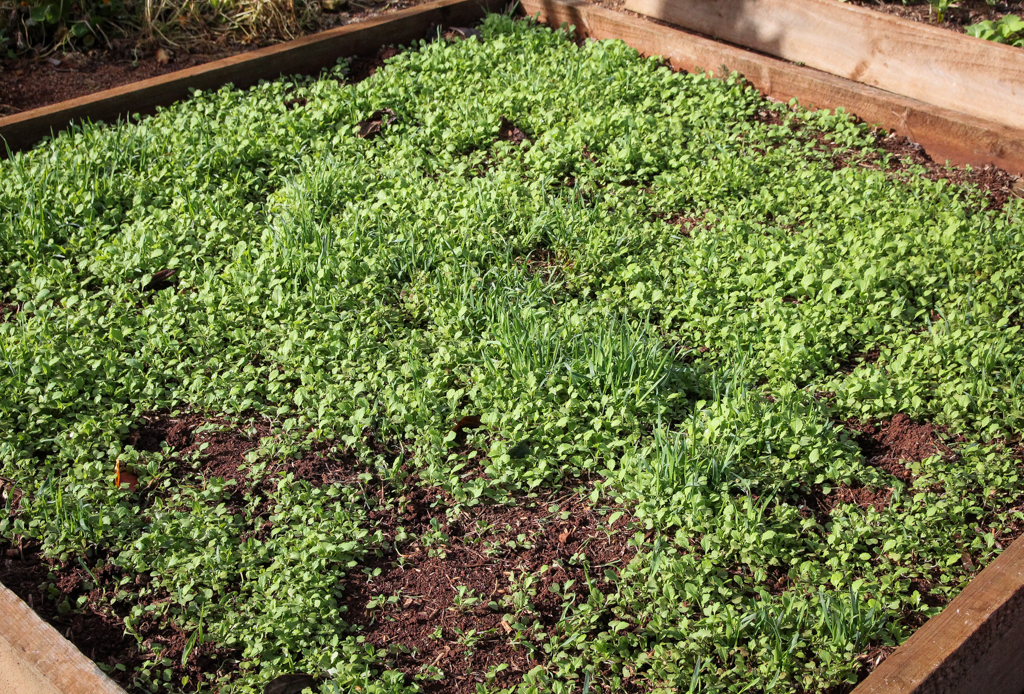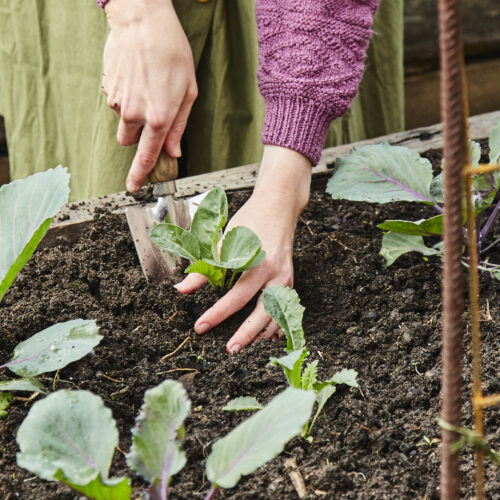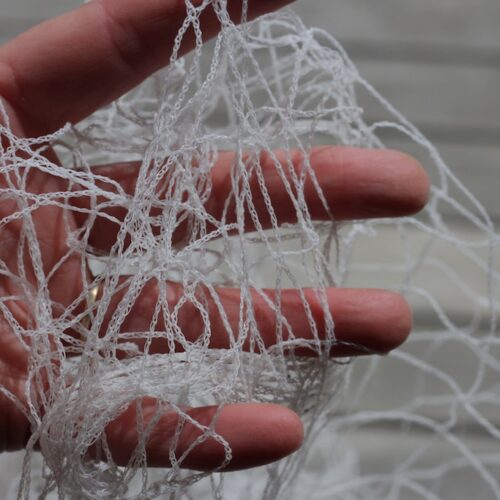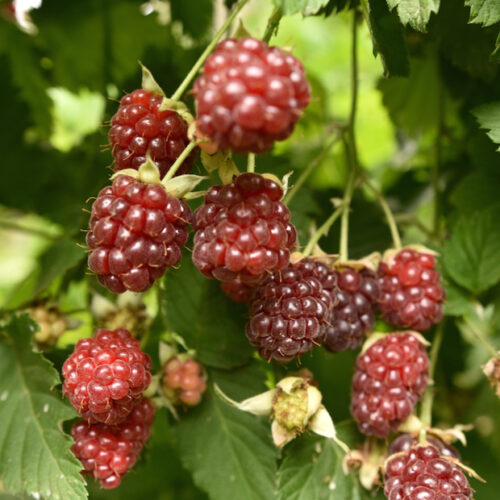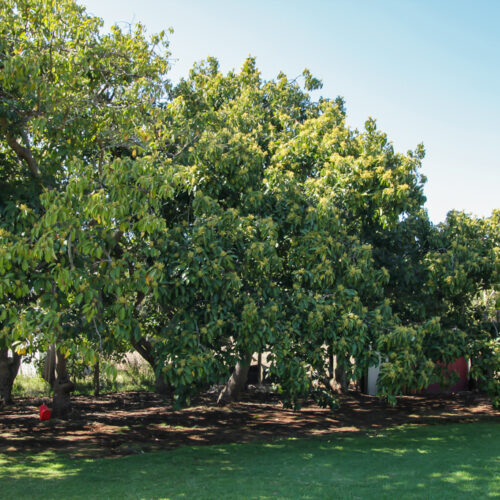Gardening jobs for March
2018-02-28T21:48:42+11:00
Justin Russell reckons it's time to take advantage of pleasant autumn weather and get stuck into gardening jobs.
In true four-season climates, where a chill really can be detected on March mornings and leaves really do change colour and fall from trees, autumn is the best time of the year. It’s fresh but not bone chilling. Warm without being stinking hot. Sunny, but not so intense as to burn plants to a crisp.
I know for some, autumn feels like an irrevocable plunge into winter darkness and there’s a genuine feeling of despair. I’m a cool climate kind of person so for me, the start of autumn is when I emerge from my summer hibernation and start to fully indulge my passion for gardening and the natural world.
An autumn job I relish is dividing perennials. It requires almost no technical knowledge to dig up a clumping plant, split it into pieces and replant the divisions into a new position. Best of all, it costs nothing but a small amount of energy.
Evergreen perennials are the best to divide in autumn, so go for your life with things such as artichokes, ginger, Queensland arrowroot, rhubarb, daylily, oregano, thyme, chives and comfrey. For best results, prepare new planting positions in advance and replant just before a cool, wet spell. The combination of warm soil and cool air means the plants will settle in gracefully.
I’ve had a few questions recently about using rock minerals in the garden. Are they worth it? My answer is a qualified yes. In heavier soils with a high mineral content, rock minerals can’t hurt (and probably do some good), but where they’re really helpful is in free-draining soils and the tropics, where minerals are easily leached from the topsoil. Different brands contain different ingredient combinations but as a general rule, when you apply rock dust you’re literally applying crushed rock minerals, along with things like trace elements and dormant microbes. Two brands worth looking out for are Earthlife Garden Mate and Munash Rockdust.
While we’re on the subject of soil, early March is an excellent time to give citrus trees a boost. Apply a generous double handful of rock dust per tree, along with well-rotted chook manure, pelletised chook fertiliser or blood and bone. Apply these at the approximate rate of a 5L bucketful of fertiliser per mature tree, half for younger trees. Water everything in well with seaweed solution and cover with a 10–20cm layer of mulch.
In most climate zones it’s a mistake to do any major pruning during autumn. If frosts are due soon, tender new regrowth is likely to be burned while in the tropics, humid monsoonal weather makes pruning cuts more prone to disease. Tropical and subtropical gardeners should wait until next month to tackle any major pruning jobs while temperate climate gardeners should wait until spring. When it comes to things like spent flowering perennials, let them die back naturally to feed birds and create interesting winter textures and skeletons.
Late summer and early autumn tend to be quite windy in my part of the world. The problem with strong winds is that they dry plant foliage just as easily as they do washing hanging on the clothesline. Some plants have special adaptations such as hairy or leathery foliage that enables them to cope, but others benefit greatly from some form of protection. On larger properties a tall windbreak is beneficial but even in small backyards, it helps to filter the wind. The aim should never be to block it completely – solid obstacles just force the wind up and over. Instead, aim to slow the wind down. Permeable shrubs are great for doing this, and the ideal windbreak contains multiple layers to effectively filter, but not block strong winds. However these take time to grow. In a pinch create simple wind filters from materials such as shadecloth and bamboo/reed fence panels. Once erected you’ll notice immediate benefits.
With summer vegies gradually being cleared from garden beds it’s a good time to sneak in a green manure crop. A good combo for autumn/winter is barley for bulk organic matter, mustard to act as a soil biofumigant, and a legume such as tic (broad) beans to add nitrogen to the soil. Simply rake the bed roughly level, broadcast seeds on the soil surface and rake again to lightly cover. Keep the bed moist until germination, then water regularly until the plants reach about knee height. At this point they can be chopped down and dug back into the soil, providing valuable organic matter.

